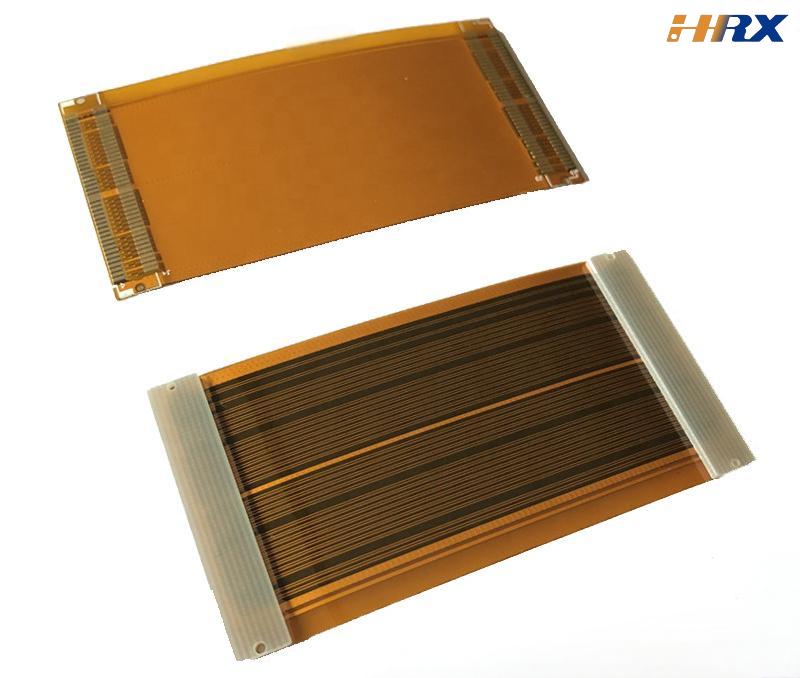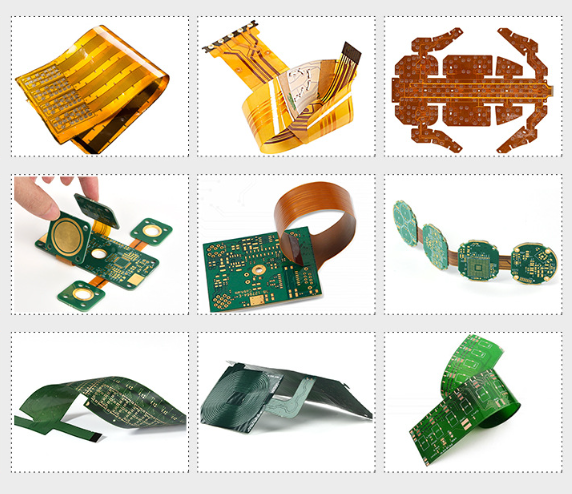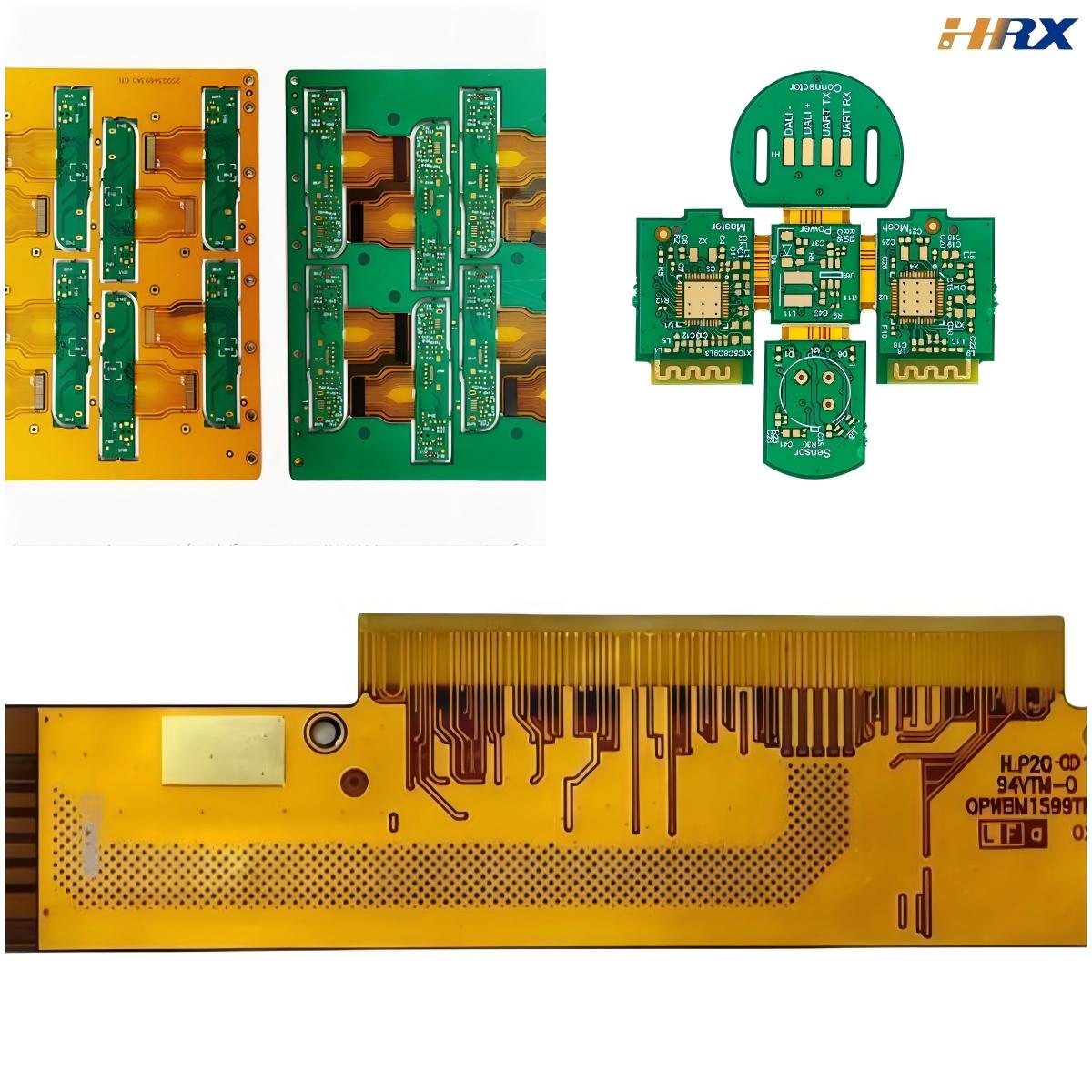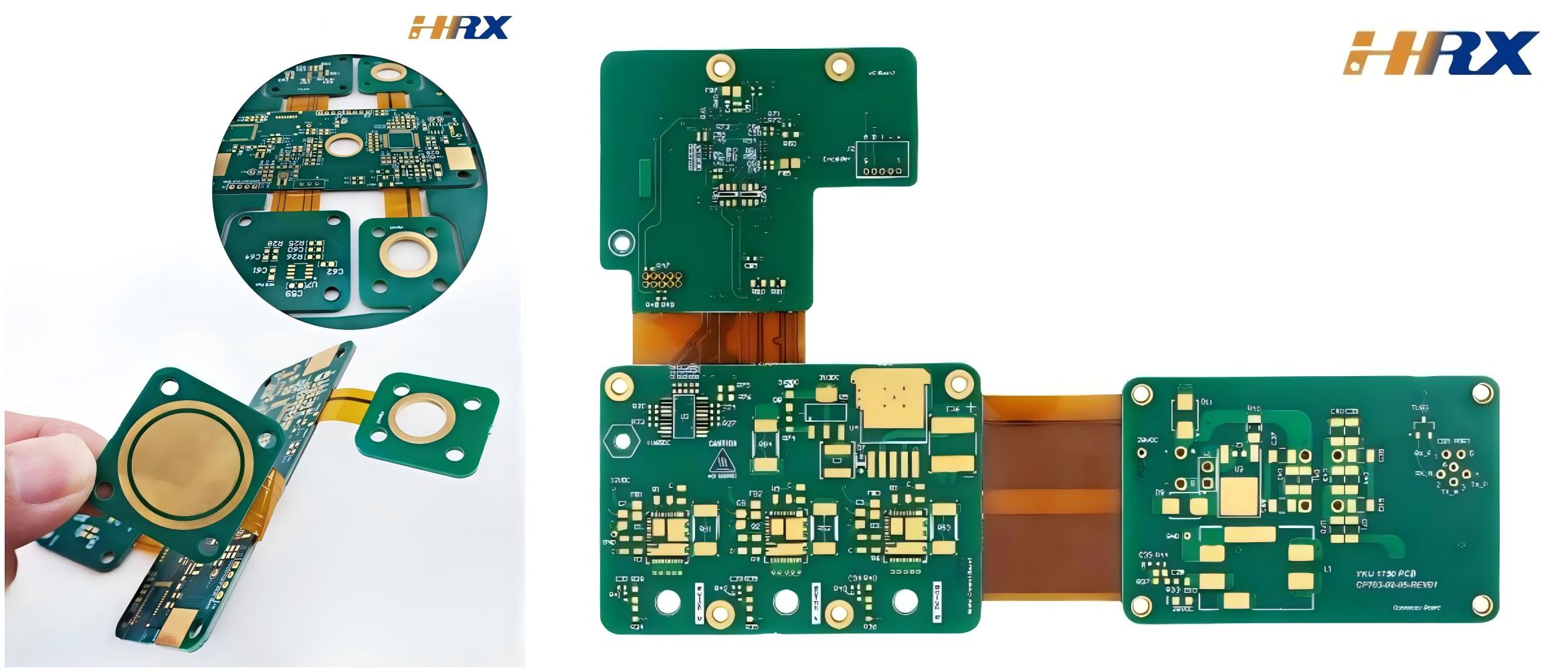Search
Key Differences Between Rolled Annealed (RA) Copper and Electrodeposited (ED) Copper in Flexible Printed Circuit (FPC) Manufacturing
- May 09,2025
-
Share
In the intricate realm of Flexible Printed Circuit (FPC) manufacturing, copper foils play a pivotal role as the primary conductive medium. Among the various types available, Rolled Annealed (RA) copper and Electrodeposited (ED) copper are two of the most commonly utilized materials, each with its own set of unique characteristics. These differences span across manufacturing processes, physical properties, electrical performance, application scenarios, cost - effectiveness, and thickness options, making the selection between them a critical decision for FPC designers and manufacturers aiming to optimize performance, reliability, and cost - efficiency.

Manufacturing Processes
RA copper, also known as wrought copper foil, is produced through a cold - rolling process. Starting with a copper ingot, the material is heated and then subjected to multiple passes through rolling mills. This mechanical deformation aligns the copper's crystal grains into a fibrous structure, significantly enhancing its ductility and flexibility. The annealing process, which involves heating the rolled copper to a specific temperature and then cooling it slowly, further improves its mechanical properties, making it highly suitable for applications that require frequent flexing and bending.
ED copper, on the other hand, is manufactured via an electrochemical deposition process. In this method, a copper anode and a substrate (usually a polyimide or polyester film) are immersed in an electrolyte solution containing copper ions. When an electric current is applied, copper ions are reduced at the cathode (the substrate) and deposit as a thin layer of copper foil. The resulting ED copper has a columnar grain structure, which gives it a relatively higher hardness but lower flexibility compared to RA copper.
Physical Properties
Flexibility is a key differentiator between RA and ED copper in FPC applications. RA copper's fibrous grain structure allows it to bend and fold repeatedly without developing cracks or fractures, making it ideal for applications such as flexible displays, wearable devices, and medical implants where high - flexibility and durability are required. In contrast, the columnar grain structure of ED copper makes it more prone to cracking under bending stress, limiting its use in applications that demand frequent flexing.
Ductility, another important physical property, refers to a material's ability to deform under tensile stress without breaking. RA copper exhibits superior ductility, enabling it to withstand significant stretching and deformation during the FPC manufacturing process. This property is particularly beneficial in applications where the FPC needs to be formed into complex shapes or integrated into tight spaces. ED copper, however, has lower ductility and is more likely to break or tear when subjected to excessive stretching.
Surface roughness is also a notable difference between the two types of copper foils. RA copper typically has a smoother surface finish due to the rolling process, which is advantageous for applications that require high - precision soldering and bonding. ED copper, on the other hand, has a rougher surface, which can enhance adhesion with adhesives and other materials, but may also pose challenges in applications that demand a smooth surface, such as high - frequency circuits.
Electrical Performance
In terms of electrical conductivity, both RA and ED copper are excellent conductors. However, RA copper generally offers slightly better electrical performance due to its higher purity and more uniform grain structure. The absence of voids and impurities in RA copper reduces electrical resistance, making it a preferred choice for applications that require low - loss signal transmission, such as high - speed data cables and high - frequency circuits. ED copper, while still a good conductor, may have slightly higher electrical resistance due to its columnar grain structure and the presence of small voids between the grains.
Application Scenarios
The unique properties of RA and ED copper make them suitable for different FPC applications. RA copper is commonly used in high - end applications that require high - flexibility, durability, and excellent electrical performance. Examples include foldable smartphones, smartwatches, and other wearable devices, where the FPC needs to withstand repeated bending and folding without compromising performance. RA copper is also preferred in medical devices, aerospace applications, and automotive electronics, where reliability and long - term performance are critical.
ED copper, on the other hand, is often used in more cost - sensitive applications where high - flexibility is not a primary requirement. It is commonly found in consumer electronics, such as simple display connectors, keyboard membranes, and other fixed - position FPCs. ED copper's lower cost and relatively good electrical performance make it a popular choice for mass - produced consumer products.
Cost Considerations
The cost of copper foils is an important factor in FPC manufacturing. RA copper is generally more expensive than ED copper due to its more complex manufacturing process, which involves multiple rolling and annealing steps. The higher cost of RA copper is justified by its superior performance and durability, making it a worthwhile investment for high - end applications where performance and reliability are paramount.
ED copper, on the other hand, is more cost - effective due to its simpler manufacturing process. The electrochemical deposition process allows for faster production and lower production costs, making ED copper a more affordable option for applications where cost is a major concern. However, it's important to note that the lower cost of ED copper may come at the expense of performance and durability, especially in applications that require high - flexibility and frequent bending.
Thickness Options
Both RA and ED copper are available in a wide range of thicknesses to meet the diverse requirements of FPC applications. RA copper, in particular, is known for its ability to be produced in ultra - thin thicknesses, down to as little as 5 microns. This makes it an ideal choice for applications that require a high degree of flexibility and a thin profile, such as flexible displays and wearable devices.
ED copper is also available in various thicknesses, but its minimum thickness is typically thicker than that of RA copper. While ED copper can be produced in relatively thin thicknesses, it may not be as suitable for applications that require the thinnest possible copper foil due to its lower flexibility and potential for cracking under bending stress.

At Shenzhen Huaruixin Electronics Co., Ltd., we are at the forefront of FPC, PCB, and Rigid - Flex Printed Board ODM/OEM manufacturing. Our extensive expertise in high - density interconnect (HDI) technology, combined with our state - of - the - art manufacturing facilities, enables us to provide customized solutions using both RA and ED copper foils. Whether you need high - performance FPCs with RA copper for advanced flexible electronics or cost - effective solutions with ED copper for consumer products, our team of experienced engineers can guide you through the material selection process and ensure the optimal performance of your designs.
We invite industry professionals, new clients, and long - standing partners to explore our comprehensive range of products and services. Visit our website www.hrxfpc.com to discover our latest FPC manufacturing capabilities, or reach out to our technical sales team via sales@hrxfpc.com. Let's collaborate on your next project, leveraging our in - depth knowledge of copper foil materials and FPC manufacturing techniques to drive innovation and success in the electronics industry.

Let’s talk! We’ll provide the perfect solution for you!
-
 Huaruixin Electronics mainly produces printed circuit boards as the core business, to provide customers with one-stop solutions for FPC/PCB production, components sourcing and Assembly.
Huaruixin Electronics mainly produces printed circuit boards as the core business, to provide customers with one-stop solutions for FPC/PCB production, components sourcing and Assembly. - WHAT WE DO — PCB Design Solutions — Flex PCB Production — Components Sourcing — FPC&PCB Assembly
- PRODUCTS — Single Sided Flexible Circuits — Double Sided Flexible Circuits — Multilayer Flexible Cirucits — Rigid-Flex Circuits — FPC Assembly — PCB Assembly
- CAPABILITY — FPC Capability — Rigid-Flex Capability — PCB Capability — Assembly Capability
- Copyright © 2024 Shenzhen Huaruixin Electronics Co., Ltd. All Rights Reserved.
- Design By BONTOP


